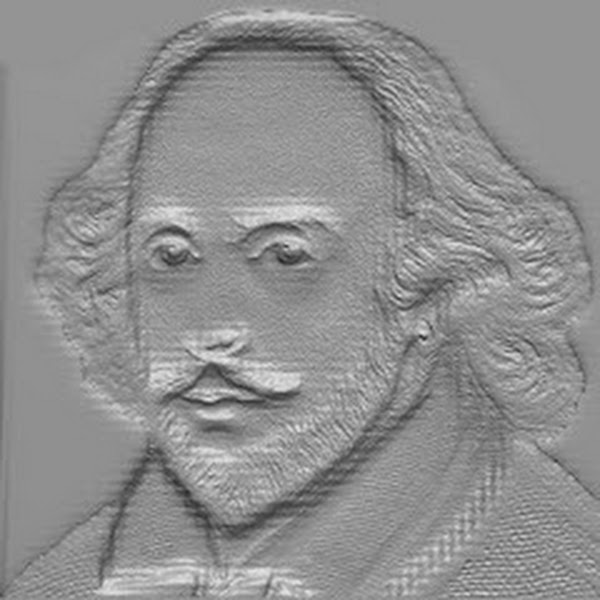Blank verse is a form of poetry that adheres to a specific meter but does not rhyme. It is characterized by its use of iambic pentameter, a metrical pattern consisting of five iambs per line. An iambic foot consists of two syllables, with the first one unstressed and the second one stressed.
In blank verse, each line typically consists of ten syllables arranged in five pairs of unstressed and stressed syllables, creating a rhythmic and regular pattern. While it lacks rhyme, blank verse allows for flexibility in expression and is often considered well-suited for serious and dramatic subjects. The absence of rhyme can give the verse a more natural and conversational tone.
One of the most famous examples of blank verse is found in William Shakespeare’s plays, where he frequently employed this form to craft some of his most memorable and dramatic speeches. For instance, the soliloquies in “Hamlet” and “Macbeth” are written in blank verse.
Here is an example of blank verse:
“To be or not to be, that is the question—
Whether ’tis nobler in the mind to suffer
The slings and arrows of outrageous fortune,
Or to take arms against a sea of troubles,
And, by opposing, end them.”
In this excerpt from Hamlet’s soliloquy, you can see the consistent iambic pentameter and the absence of rhyme, characteristic of blank verse.
 CSP
CSP